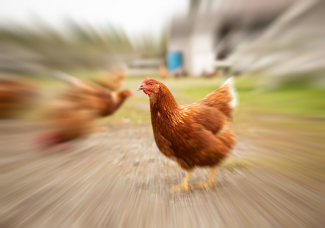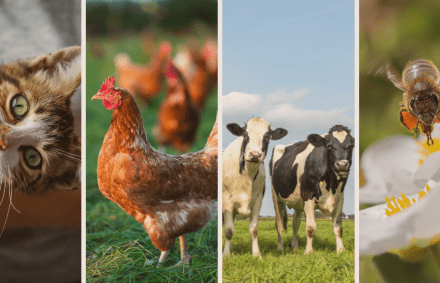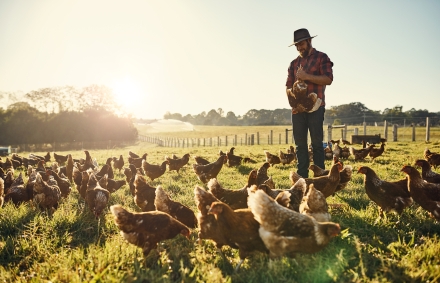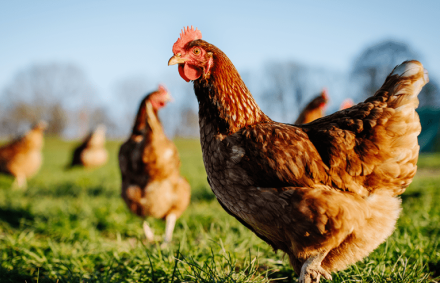
The presence of Salmonella in poultry is a very significant issue in livestock production. This pathogen not only has consequences for animal health, but also for Public Health, and even for the international trade of poultry products and by-products. Among the several serotype affecting the birds, S. Gallinarum is the etiological agent of fowl typhoid and it may cause significant economical losses due to morbidity and mortality in the flocks. However, Salmonellosis in poultry may be due to other salmonellas,, commonly called paratyphoidal serotypes, which have zoonotic potential and can be transmitted through food. The presence and prevalence of Salmonella serotypes in production poultry is dynamic and may vary in each country or region. Therefore, constant monitoring is essential to understand the local and regional epidemiological situation.
The establishment of strict biosafety measures throughout the production chain, together with vaccinations, are the main tools for controlling the pathogen.
- There are several Salmonella vaccines in poultry: inactivated, live attenuated, and formulated with subunits of the microorganism.
- In general, the efficacy of the vaccines should be evaluated based on their ability to reduce the levels of the gut and systemic colonisation, excretion of the pathogen, and reduce morbidity and mortality in the flocks.
In order to determine the efficacy of the strain Salmonella Enteritidis CAL 10 Sm+/Rif+/Ssq-, included in the PRIMUN SALMONELLA E vaccine by CALIER®, challenge trials using a S. Enteritidis virulent strain were conducted at INTA (Argentina) leaded by Dr. Pablo Chacana. Trial were carried out at INTA Argentina facilities, together with the Servicio Nacional de Sanidad y Calidad Agroalimentaria [National Agricultural Health and Quality Department] (SENASA). A group of 24 birds vaccinated at day 1 of life with PRIMUN SALMONELLA E were challenged at 30 days of age with 107 colony forming units (CFUs) of S. Enteritidis INTA86 strain, following a previously validated procedure. In addition, a group of 24 unvaccinated birds were also challenged. Excretion of the virulent strain was determined by individual cloacal swabbing on days 3, 6, and 9 after the challenge, and caecal colonisation levels and the presence of the pathogen in the liver and spleen were analysed on day 9 post-infection. The results show that vaccination was able to significantly decrease the percentage of birds excreting Salmonella on all sampling days (Table 1).
On day 9 post-challenge, vaccination significantly reduced the amount of Salmonella present in the caecal contents of vaccinated birds. On average, vaccination was able to reduce the levels of S. Enteritidis by 2 log10 (100 times) in the caecum (8.2 x 103 CFU/gram in unvaccinated birds vs. 2 x 101 CFU/gram in vaccinated chickens). The invasion rate of the pathogenic strain in the liver and spleen was also lower in vaccinated birds (20%) compared to unvaccinated birds (60%).
Considering the reduction of the excretion rates as well as the reduced levels of the microorganism enumeration in caecal contents, PRIMUN SALMONELLA E vaccine was effective to control the paratyphoid infection by Salmonella Enteritidis.



